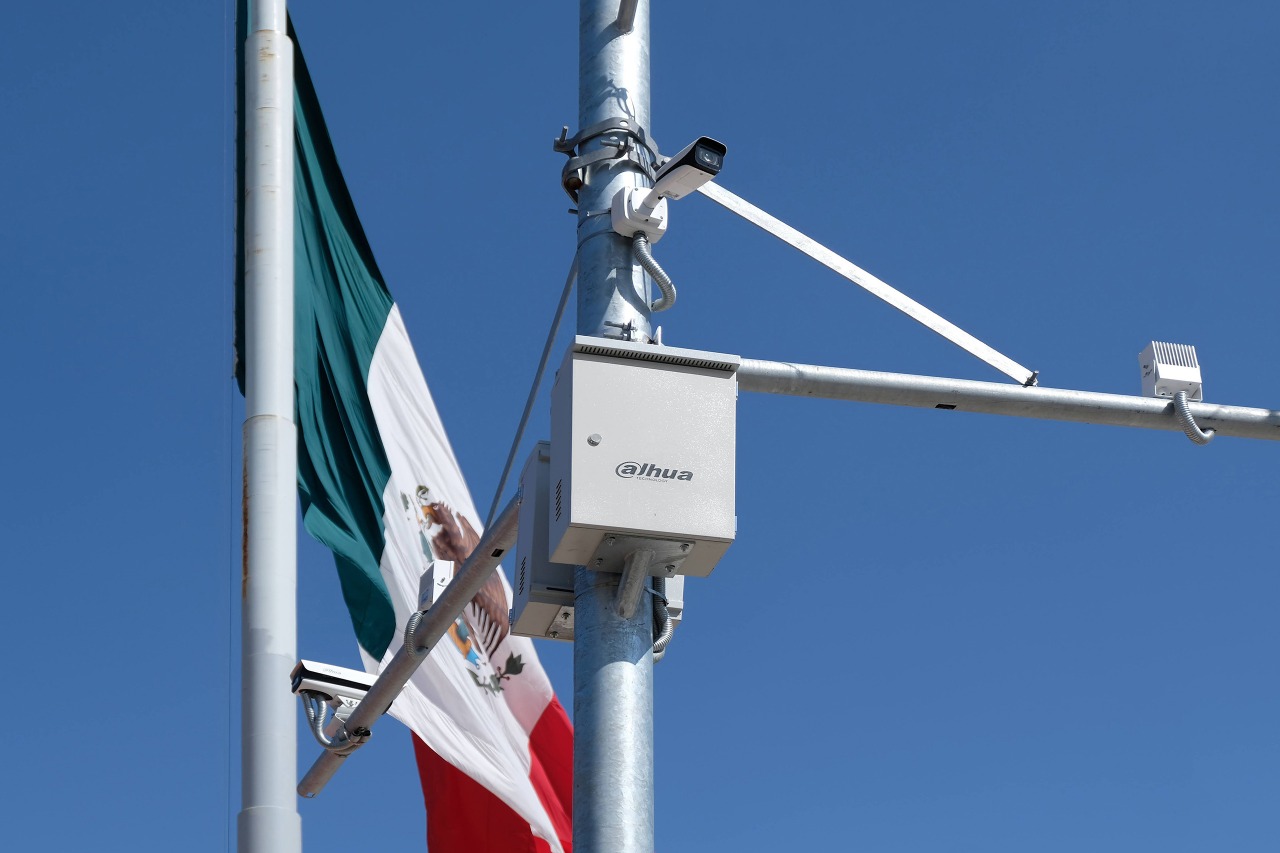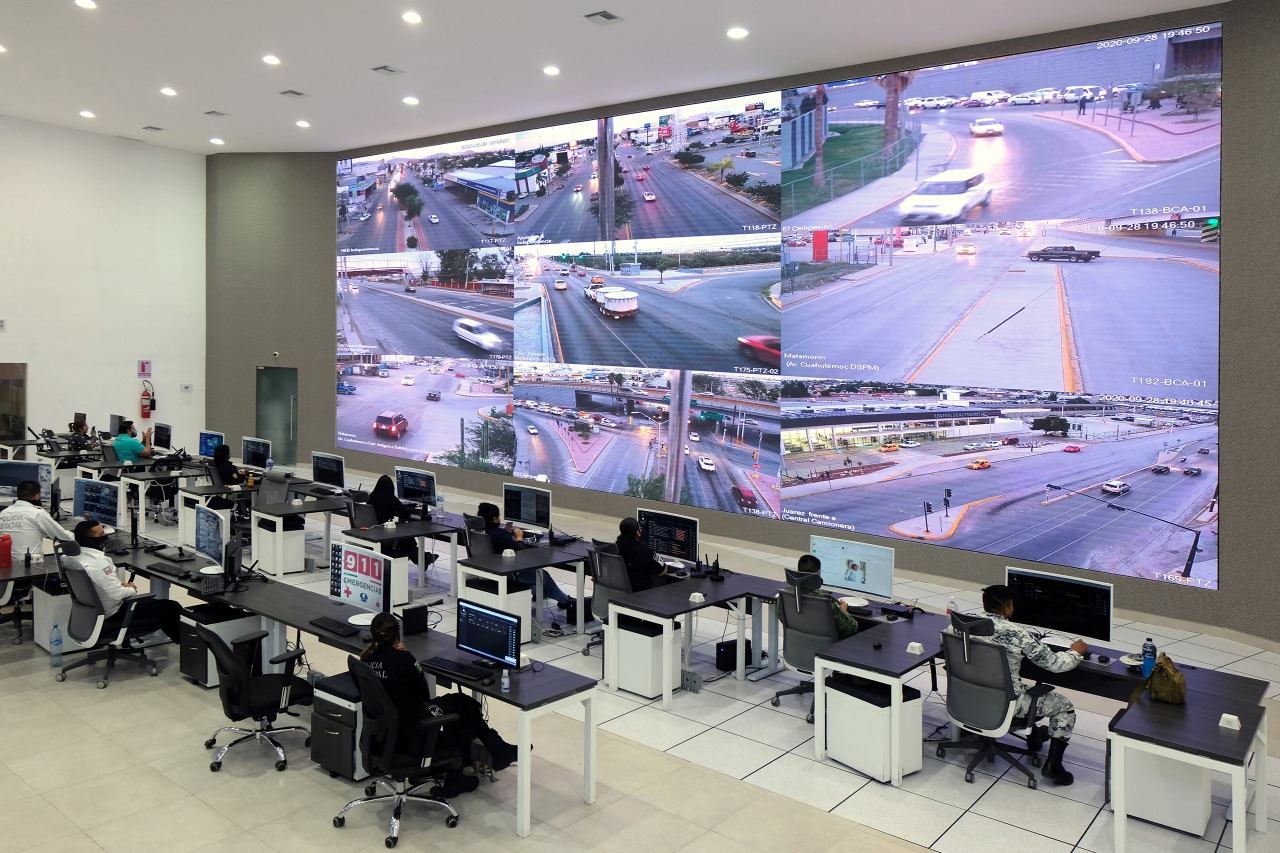I'd like to call him a reverse engineer:
Federico Peréz Villoro takes apart technologies, interfaces, graphics to reveal what they hide, what assumptions and political dispositions are arranged inside.
On his website, Federico self-describes as an artist and researcher:
Through texts, performances, and digital artifacts, Federico explores the operational capacities of images as they become data and the ways in which state, corporate and institutional authority is administered through computational technologies.
The New York Times, August 1, 2021 calls him a journalist:
The photo projected on the screen in the conference room leapt out at him, of a woman against a pale blue background, wearing bright red lipstick and a beige hijab. Her name was next to the photo: Mena Yousif. Federico Pérez Villoro, an investigative journalist and artist based in Mexico City, wrote the name down so he could figure out who she was.


Like a good engineer, Federico also puts things together. And, in the process, reveals the cracks. Where things don't quite line up is also where the action is. For example, Transparencia Index is a recent work:
This project consists of a custom-made software that automatically scrapes data from the Plataforma Nacional de Transparencia, a system through which people can request public information from the Mexican government. The software identifies existing requests associated with topics of common interest that were previously denied on the basis of containing information "classified" by authorities. This ever-increasing flow of unanswered civic concerns are organized as an interactive website that aims to register, through labyrinthine hyperlinks, the bureaucratic opacity and strategic silence of the country's administrative institutions.
He organizes a summer school in México City (Materia Abierta). He makes typefaces. And exhibitions. And books. He will share some of all of this with us this week.
March 21, 2022
Transparencia Index
Transparencia Index
Reading
Resources
Visitor